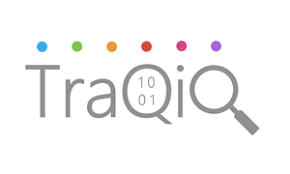The global learning management system Market is expected to grow from $ 5 billion in 2016 to $ 18.4 billion by 2025 at a CAGR of 15.52% between 2017 and 2025.
There is a gigantic shift in K-12 and higher education structures with the introduction of Learning Management systems (LMS). LMS’ facilitate building and running programs. They also provide tools for content authoring. Most importantly, they provide targeted learning to students that enables them to learn at their own pace.
However, how does one pick a suitable LMS? Every stakeholder is looking to be more efficient and productive.
The Administrative staff need to be able to build and run program(s). This could be for one class or hundreds of classes that lead to a degree program – with hundreds of students. In the corporate environment, it is likely to be a smaller set of students who are learning together or at their own pace. It is likely they will need rich interactive content. There are going to be billing modules, integration (with other software) considerations and program/access controls. There is likely to be a whole area of security features.
Teachers are likely to need rich content authoring tools. It is critical for them to have multi-media and multi-channel delivery systems including audio and video. There is a plethora of publicly available content. Platforms like Khan academy and YouTube come to mind. These must be included. Teachers will also be looking for collaboration and social tools to facilitate interaction within the community. They will be looking for AI/ML tools that will help them in teaching. These tools will help in targeted and/or remedial learning. Lastly, there have eb be effective tools for grading and facilitating feedback. Advanced LMS tools will also pay attention to the professional needs of the teachers.
Students will be looking for the best environment to learn. There is an admin element to joining a program or a class. There are lots of processes and workflow elements – including paper and online books, communication tools, taking notes, and sharing thoughts and ideas. Ultimately the best outcome for a student is for them to be able to get deep interactive learning supported by grades from an independent authority.
Parents of students (in the academic world) and Supervisors of students (in the corporate world) are likely to be the ones that are paying. They are going to be looking for transparency and access to the education process. Grades, reasonable fees and effective remediation tools are likely to be important.
TraQiQ offers an excellent set of tools in the TraQLearn product suite. It enables both academic and corporate users to build, maintain and grow their education programs.



